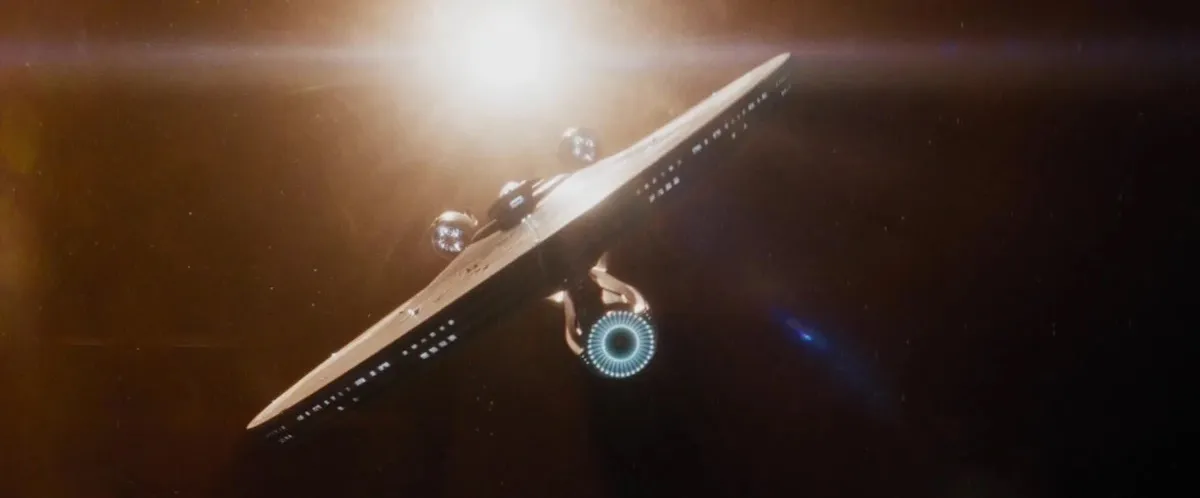No matter the fictional universe—be it fantasy or sci-fi or somewhere in between (looking at you, space operas)—I’ve always found maps and cartography one of the most fascinating parts of worldbuilding. There’s something about actually seeing how an author imagines the setting of their story that immediately grounds it in the realm of possibility, and helps immerse viewers in the worlds in which these stories unfold.
Sure, it’s somehow easier when the map consists of a single continent, kingdom, or city on Earth or any other Earth-like location. Bringing the action up into space definitely makes everything a tad more complicated—and a whole lot more fascinating.
And now that the third season of Star Trek: Picard is in full swing, there’s no better time to refresh our collective memory on the “astrogeography” the crews of the USS Enterprise explore.

Star Trek and maps
The decades that have passed since Star Trek first premiered on television screens have made it possible for the saga to acquire beautifully complex and detailed lore on pretty much everything related to it—including the planets that make up the United Federation of Planets, and the powers that border it, like the infamous Klingon Empire.
There have actually been several maps made for Star Trek and its locations over the years, as it reads on The Map Room blog. “While original series canon assigned aliens to known nearby stars, and the shows occasionally used real locations, episode writers did not start with a map and generally did not take spatial relationships into consideration, which no doubt has made the belated mapping process a bit more challenging,” The Map Room blog continues, explaining how creating a comprehensive map of the Star Trek galaxy might be easier said than done.
Still, while none of the maps ever put to print or screen have ever been accepted as official canon, most of them have the major power players of the galaxy in more or less the same location. This means we can reasonably assume that this is the actual position in which they can be found in-universe.
The galaxy quadrants
Most of the action in the Star Trek canon takes place within our galaxy, the Milky Way, which has been divided into its famous four primary quadrants, each named after a letter in the Greek alphabet: Alpha, Beta, Gamma, and Delta.
The Alpha and Beta quadrants are the ones that are better known, even in-universe, and that house many of the major players we see throughout the various series—the United Federation of Planets chiefest of all. The Federation has a strong foothold in both quadrants, spanning Alpha and Beta from their shared border outwards.
According to Memory Alpha, the official Star Trek fan wiki, the Alpha quadrant contains two all-important planets that we all know very well: Earth, from which a good majority of the characters in Star Trek canon hail; and Vulcan, the homeworld of the Vulcans and especially of Spock. This quadrant also contains the Cardassian Union, the Ferengi Alliance, and the Breen Confederacy—among other smaller factions—whose representatives make an appearance in the canon, particularly in Star Trek: Deep Space Nine.

The Beta quadrant includes a couple of relatively smaller players like the Nyberrite Alliance and the Tholian Assembly, and then the major forces of the Romulan Star Empire and the infamous Klingon Empire—who both have their respective homeworlds, Romulus and Qo’noS, in this quadrant.
In contrast to the Alpha and Beta quadrants, the Gamma and Delta quadrants are considerably less well-known and less visited—which makes sense, considering the notable distances that separate them from the other areas of the galaxy, which would require years to bridge even at warp speed. Their reputation also isn’t as stellar as the areas in Federation space.
Still, they are of course mentioned time and again in the canon, as are the planets and people located within them. The Delta quadrant, for example, is the place of origin of the infamous Borg Collective, made up of the terrible Borg cyborgs.
(featured image: Paramount+)









Published: Mar 17, 2023 01:36 pm